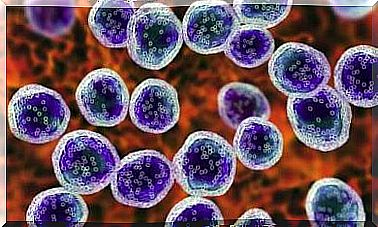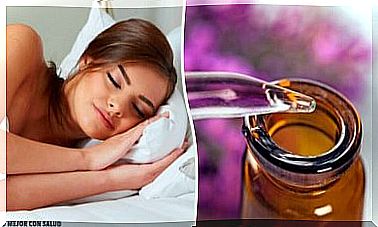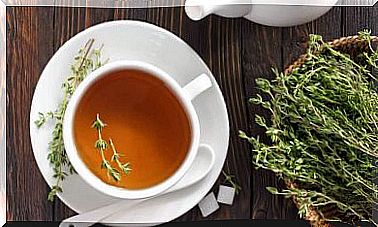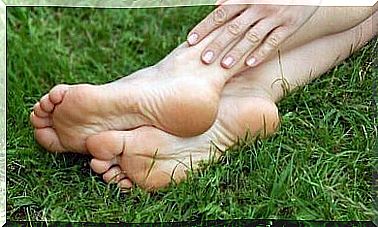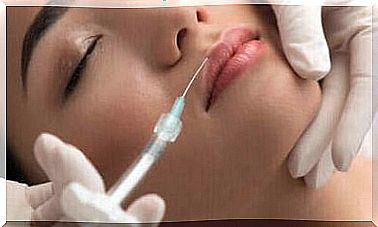Walking Barefoot – Is It Suitable For Children?
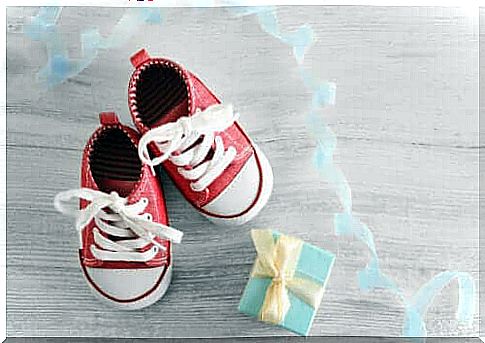
For years we have been told that children should always wear shoes. Therefore, the question whether barefoot walking is advisable for children has always accompanied parents. Today, new answers are being discovered. In fact, it turns out that the more freedom the feet have, the better they develop.
It was a common belief that walking barefoot put children at greater risk of catching a cold. But that’s not true. For a cold to occur, the viruses must enter the body through the upper respiratory tract, not through bare feet. So what happens when children go barefoot?
When should children wear shoes?
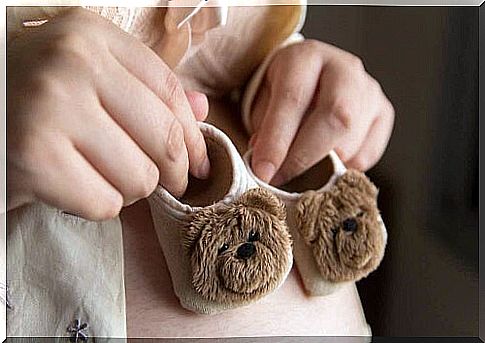
It is not recommended to wear shoes during the first months of life. Its function is solely to protect against cold, moisture and impacts. A seamless sock can perform a similar function perfectly.
In fact, in the pre-crawling phase, usually before the 8th month, footwear is also not recommended. Crawling without shoes is essential for a child’s psychomotor development.
From the age of 12 months, when the child stands up, it is recommended to use footwear that provides flexibility, protects against the cold and allows sweat to escape.
But only at the age of four, when it is necessary to protect the foot from certain injuries, shoes must be stiffer and similar to those worn by adults.
It is also recommended that the shoes have a round and wide toe so that the toes can move inside. The best material is leather, which is a natural material that allows the foot to breathe better. In addition, children’s booties should have fasteners that are easy to open.
Benefits for children to go barefoot
To answer the question of whether barefoot walking is recommended for children, here are some of the benefits of this practice.
Walking barefoot promotes the correct formation of the foot arch
A baby’s feet are made of soft tissue that ossifies while the baby is still in the mother’s womb. At birth, most of these bones are hardened, but do not become fully rigid until adulthood.
The point is that elasticity, abundant fat under the skin, and joint changes contribute to the so-called flat feet during the first three years of life.
But usually with growth, children’s flat feet correct themselves. Flat feet means a condition where the inside of the foot is flattened, causing the entire sole of the foot to touch the ground.
It contributes to the sensory development of the baby
Between the time your baby is born and the first 8 or 9 months of age, your feet are much more sensitive to touch than your hands. That’s why the baby uses his feet to explore the world around him.
In this process, after testing something with the feet, the infant transmits it to the hands and then to the mouth, where his senses are more developed.
So it’s not just about touch, it’s about taste and temperature, so it’s important that babies have freedom of movement in their fingers and feet. In this way, they can go through all stages of getting to know the world.
Walking barefoot stimulates kinesthetic sensations
Kinesthetic sense or proprioception refers to the ability to detect the position of one’s own muscles. It is about the sense that allows us to be aware of the position of our body in relation to the world around us.
Children need to feel uneven ground, pressures, and different kinds of surfaces to develop this sense. This helps to improve the position of the muscles and strengthen the joints. All this is facilitated by barefoot walking.
Possible dangers and precautions
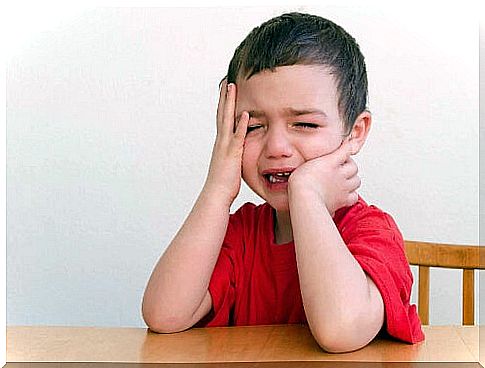
Among the main problems with shoes is their stiffness and incompatibility with children’s lifestyle.
Toddlers love to jump, climb and can slip and fall because most soles are not flexible. But there are other possible problems as well, which we discuss below.
Ingrown nails
Ingrown nails are a condition where the corner or side of the nail grows into the tissue of the finger. One of the most common reasons is the wearing of shoes which causes the nails to be too closely squeezed together.
Athlete’s foot
Athlete’s foot is a fungal infection that occurs when the foot sweats heavily in tight-fitting shoes. Wet socks or damp shoes worn in hot conditions promote the growth of fungi.
Problems related to the construction of the feet
Among these types of injuries, the most common are bunions, which are hard and painful lumps in the big toe joint. Corns, warts and calluses are thickened skin due to friction or pressure on the sole of the foot.
Precautions to be taken when your child walks barefoot
But to keep your baby safe from walking barefoot, there are some things to consider. The idea is for your child to wear shoes when walking around swimming pools, lawns, or in locker rooms to avoid ringworm infections.
It should also be up to date with tetanus vaccinations in case it gets stepped on any sharp object. So always check your little one for any kind of wound or trauma to their foot.
Of course, insist that you wear shoes in situations that could be dangerous and injure your feet. In such cases, barefoot walking is of course not recommended for children.
